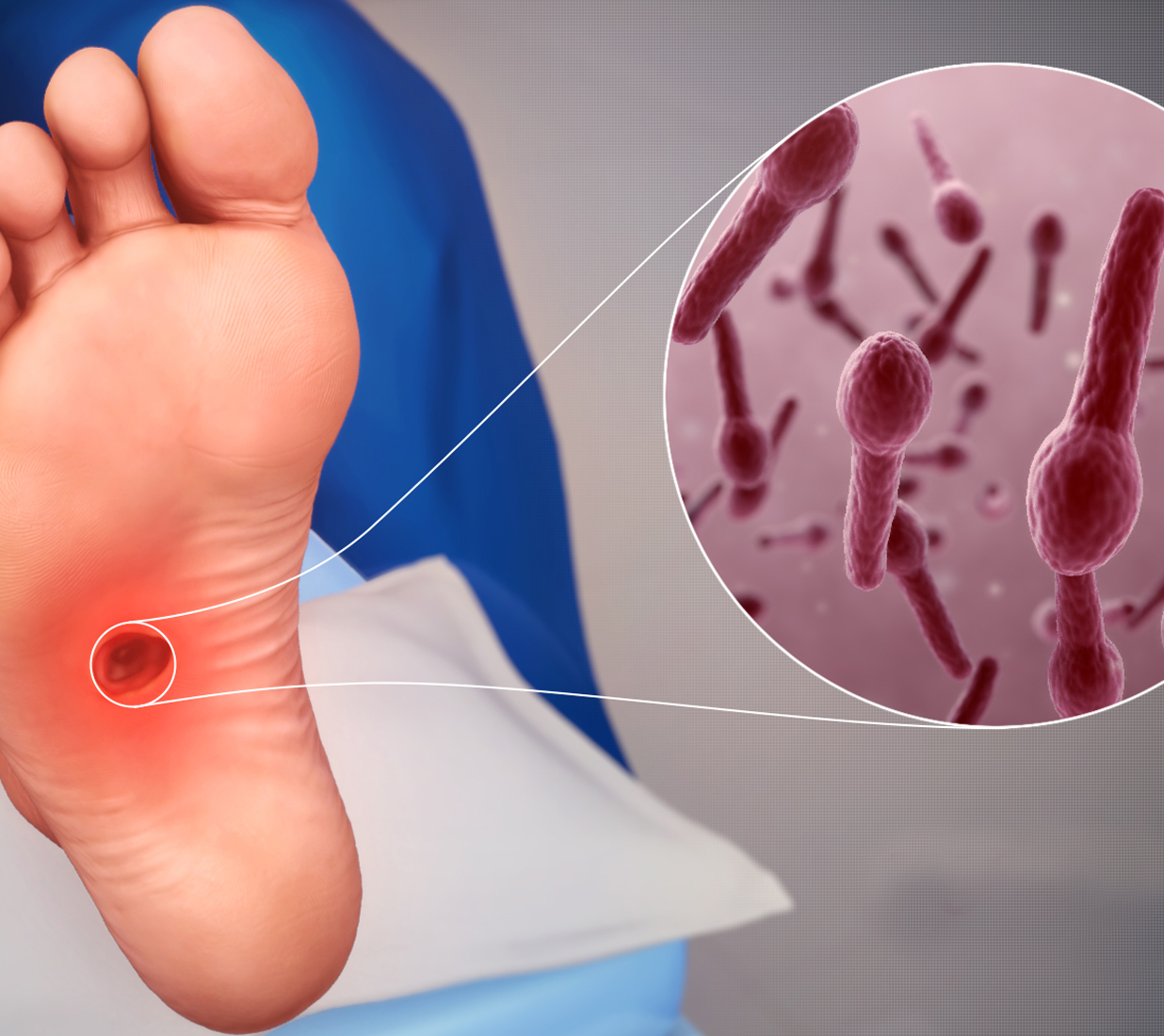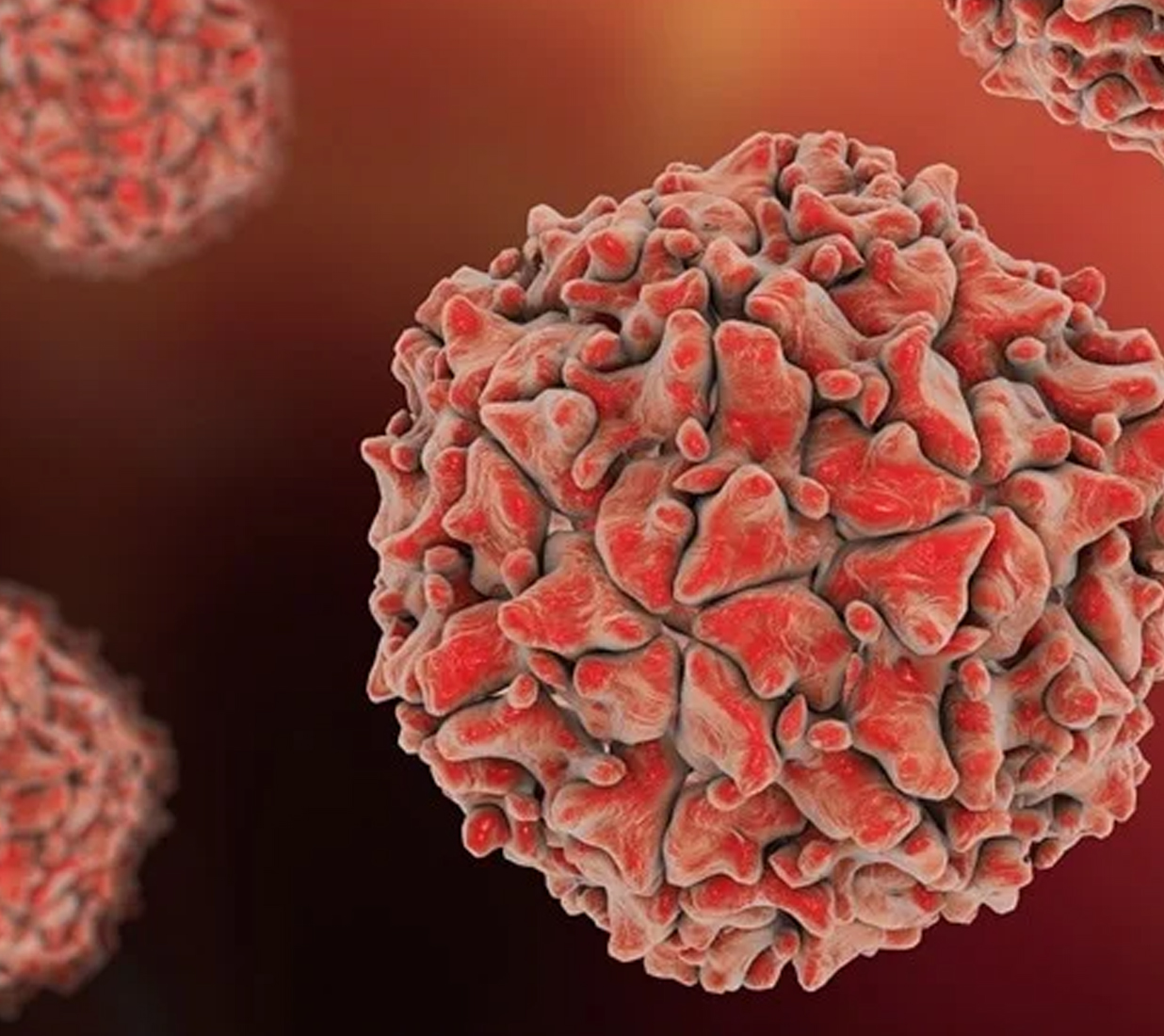
Tetraxim® helps to protect against infectious diseases:

Diphtheria
Diphtheria is a bacterial infection caused by Corynebacterium diphtheriae. Before the introduction of routine vaccination, the disease ranked among the leading causes of infant mortality.
Following a one to five day incubation period, typical diphtheria presents as pharyngitis with pseudomembranes that can spread, obstruct the airways and eventually lead to death by asphyxia. Complications of diphtheria include potentially fatal heart and neurological disorders.
Diphtheria is fatal in 5-10% of cases, with higher mortality rate in young children.1
Tetanus
Tetanus is a non-communicable disease occurring all over the world. This often-fatal infectious disease is caused by the spores of the bacterium Clostridium tetani, which penetrates the body through lesions or as a result of medical acts performed under insufficient aseptic precautions.
The WHO estimates that in 2015, approximately 34,000 newborns died from neonatal tetanus.2 In the absence of treatment, the outcome is almost always fatal, particularly in the very young or the elderly, and even after appropriate treatment, tetanus-related mortality remains high.


Whooping cough (Pertussis)
Whooping cough (also known as pertussis) is an infection of the lungs and airways. This is highly contagious disease that can occur at any age.3-4 Whooping cough can lead to serious and potentially life threatening complications such as pneumonia.4
1 person with whooping cough can infect up to 17 other people.5
Adults with asthma are up to 4 times more likely to get whooping cough.6
40% of infants under 6 months old diagnosed with whooping cough require hospitalization.7
Polio
Over the centuries, polio has crippled many lives. Less than 40 years ago, polio was endemic in 125 countries around the world with more than 350,000 children paralyzed for life each year.8 The step change in defeating the disease came in 1988, with the launch of the Global Polio Eradication Initiative (GPEI), led by the World Health Organization. Since then, the number of people with paralysis has decreased by 99% and there are now only two countries with endemic wild poliovirus transmission (Pakistan and Afghanistan).9





